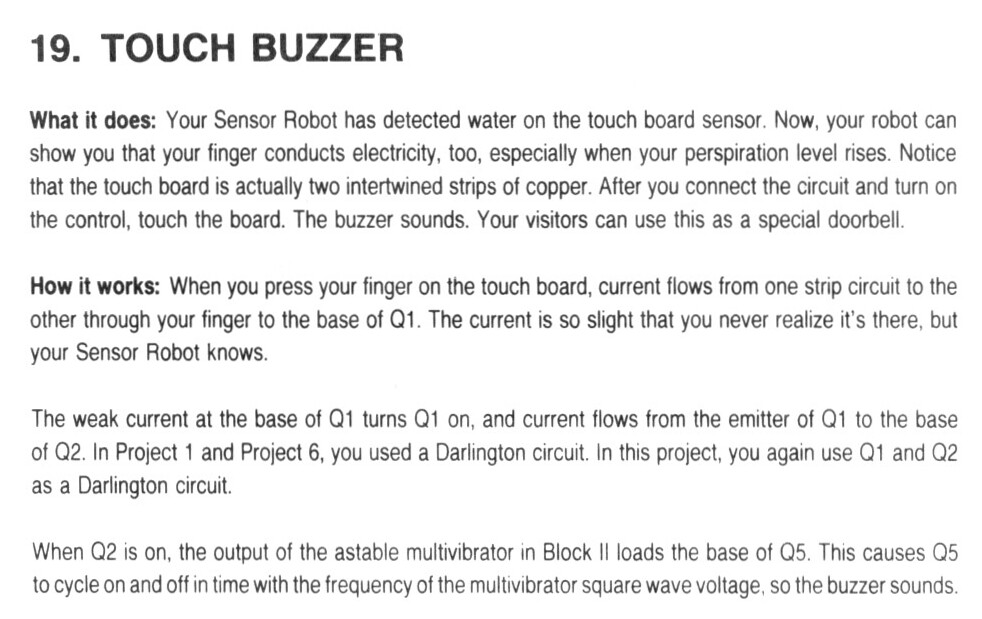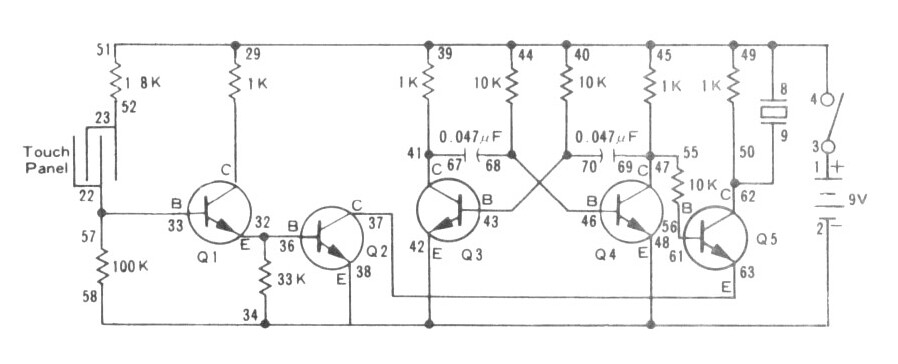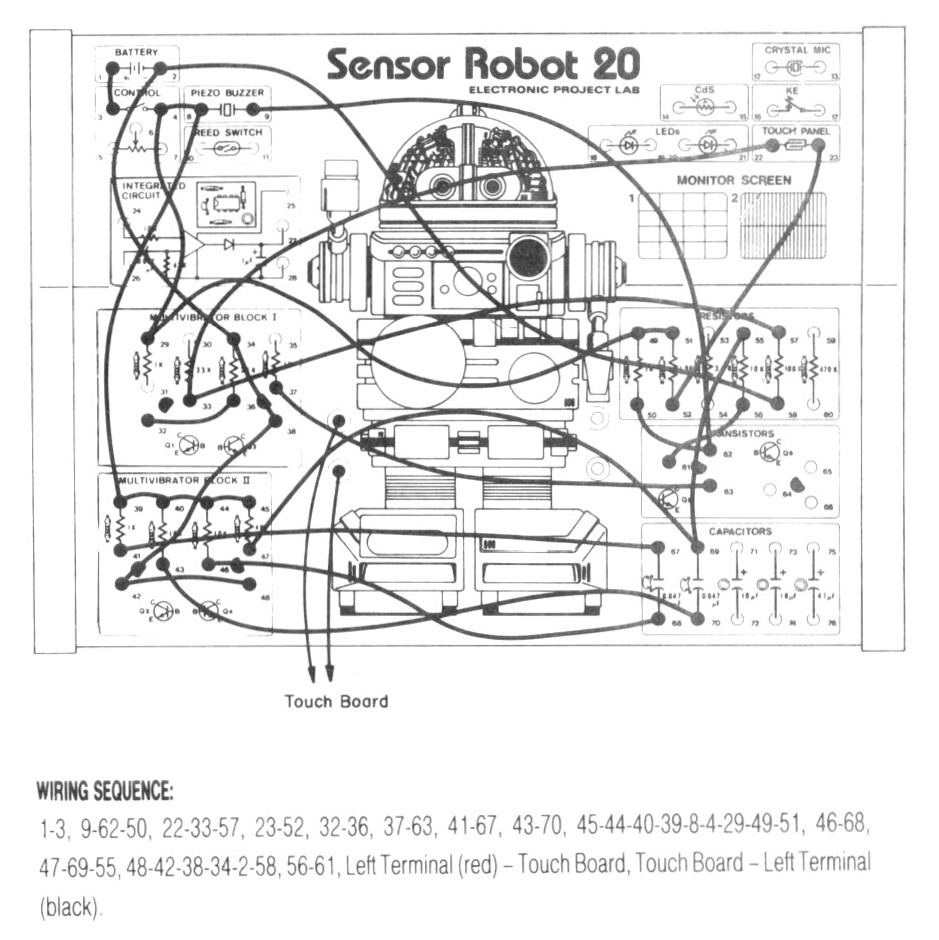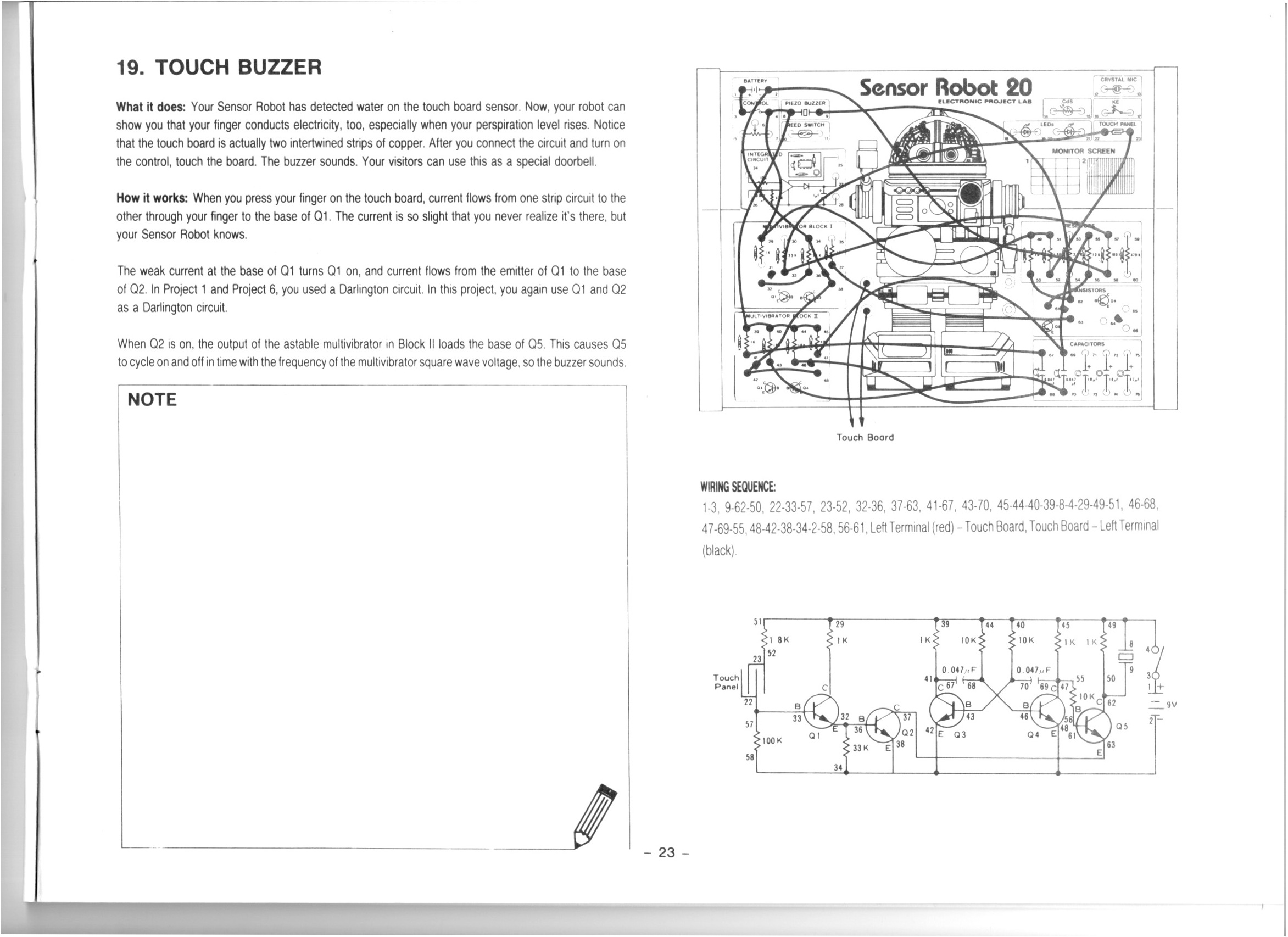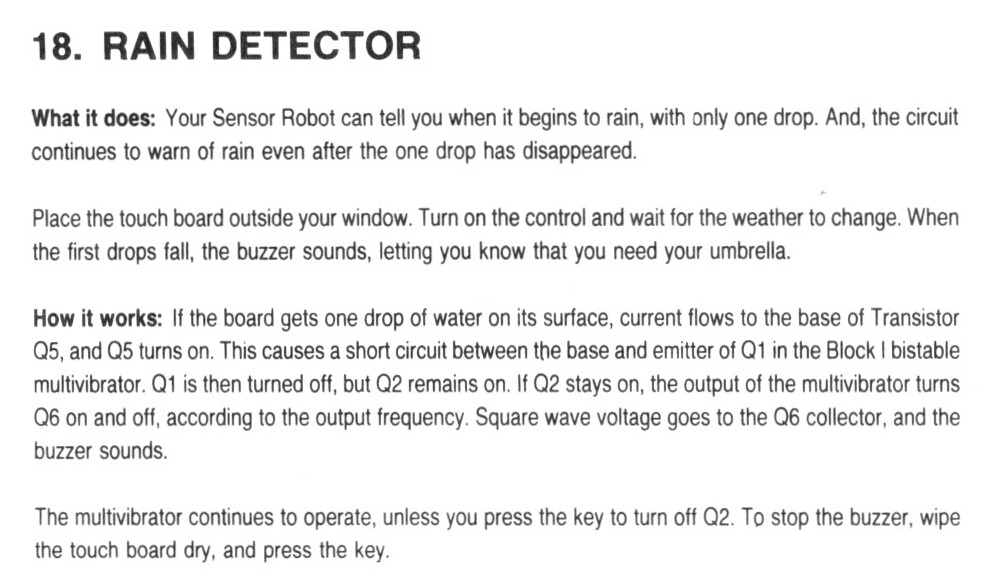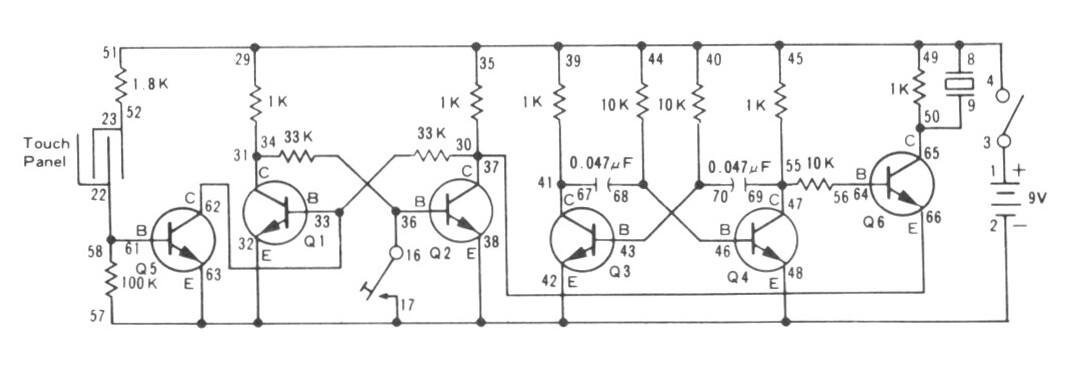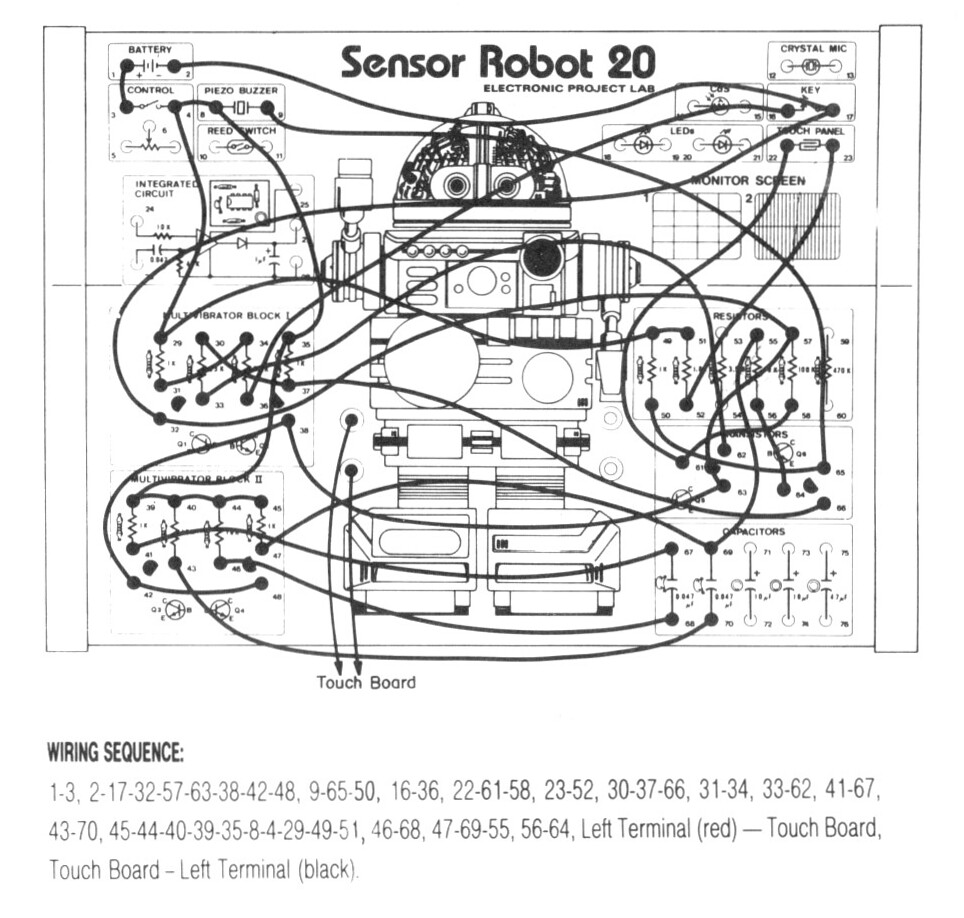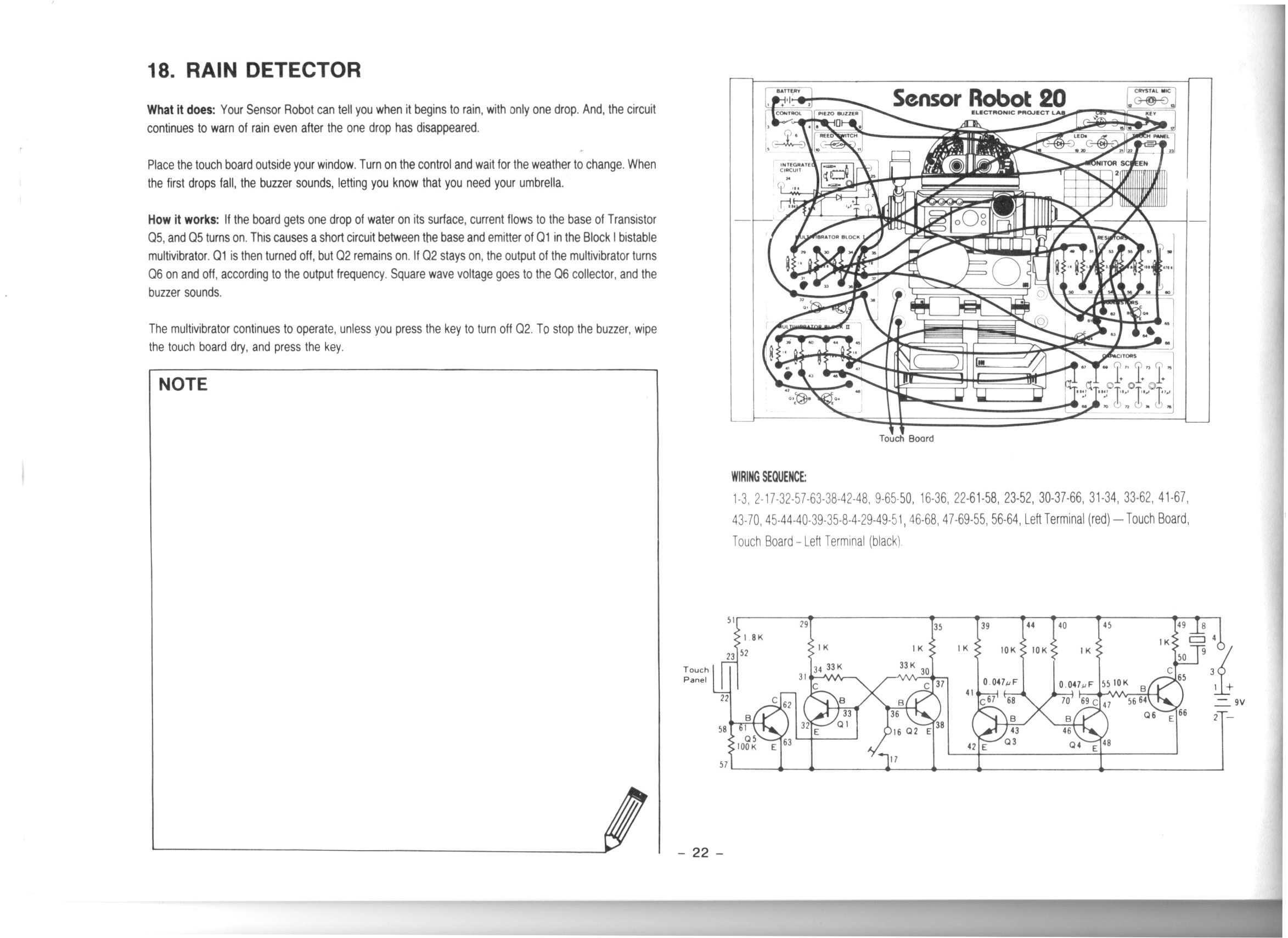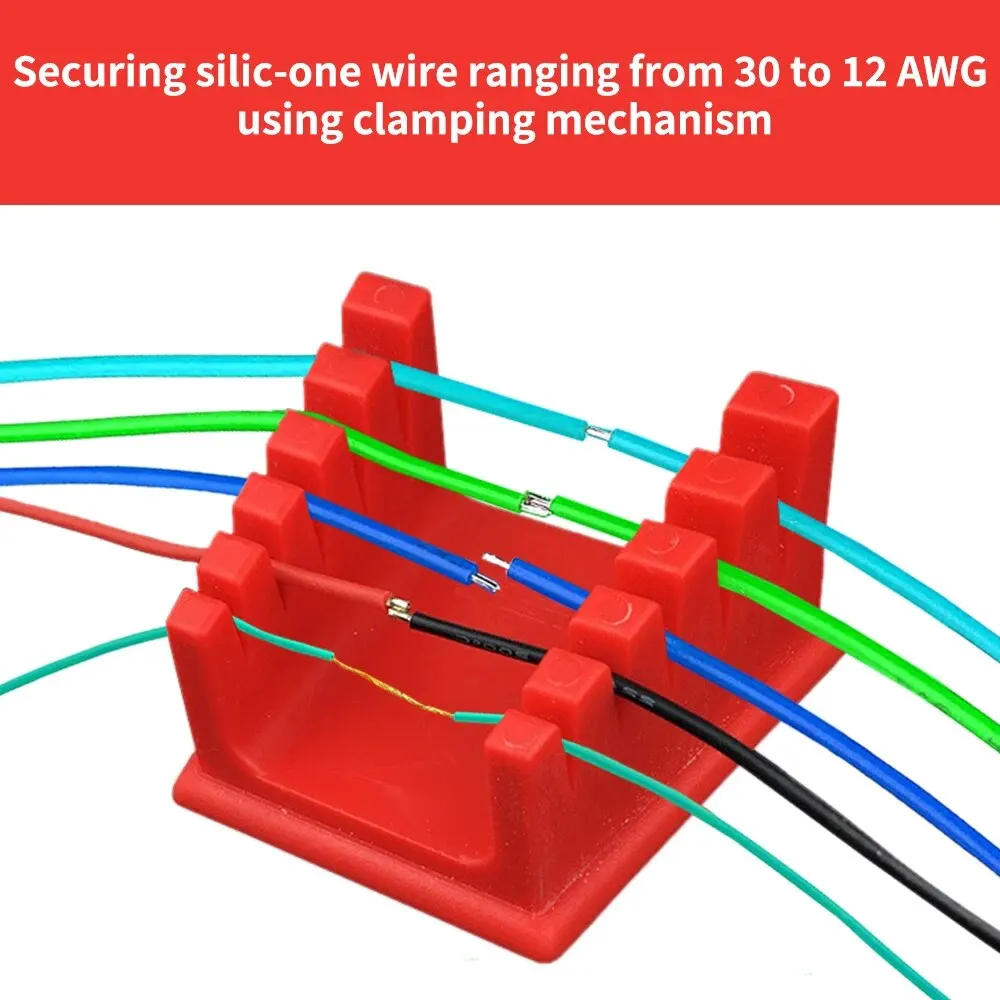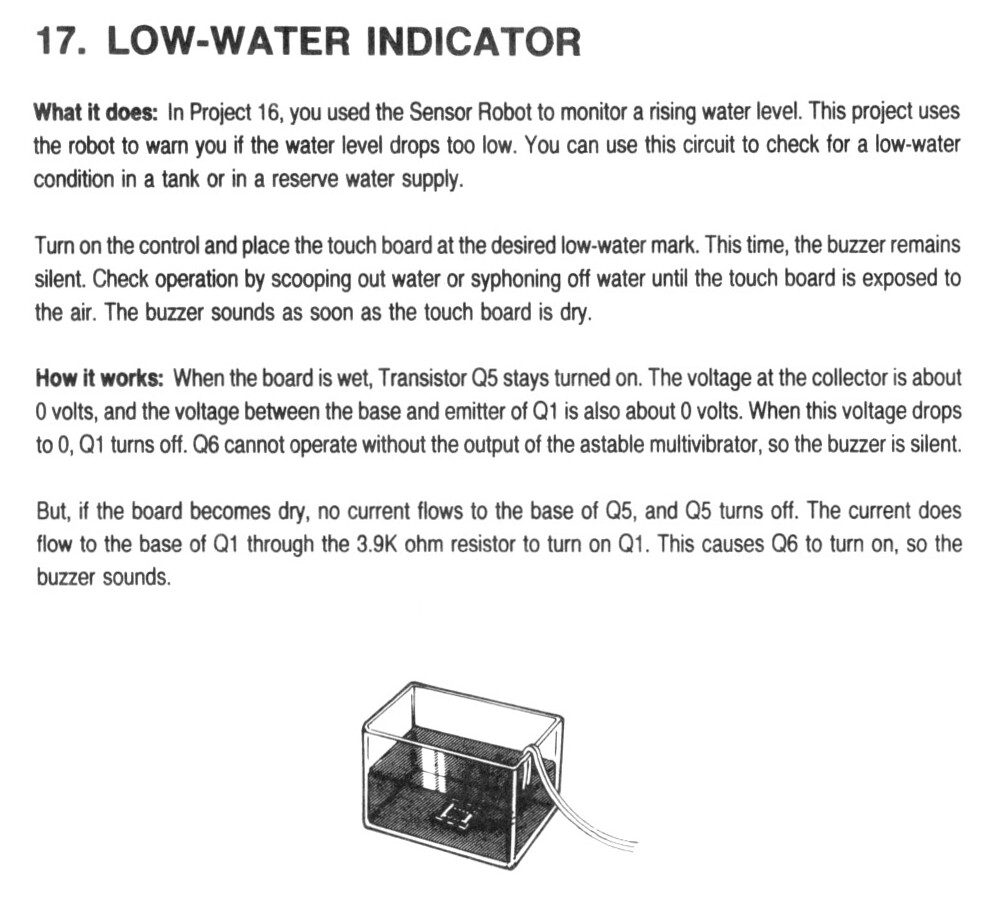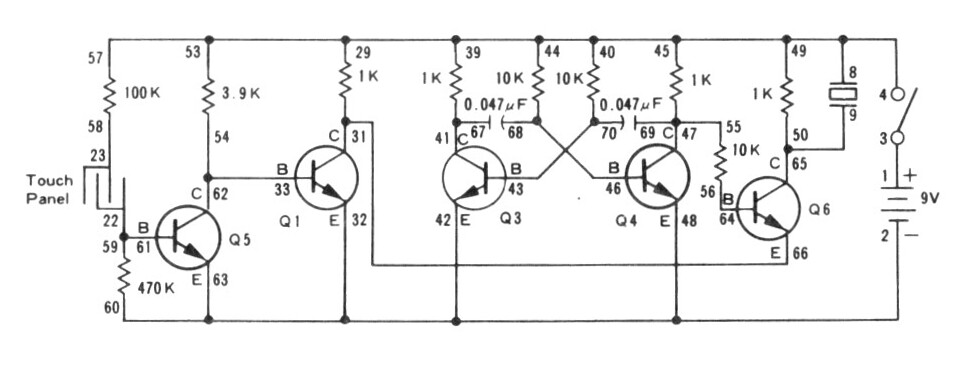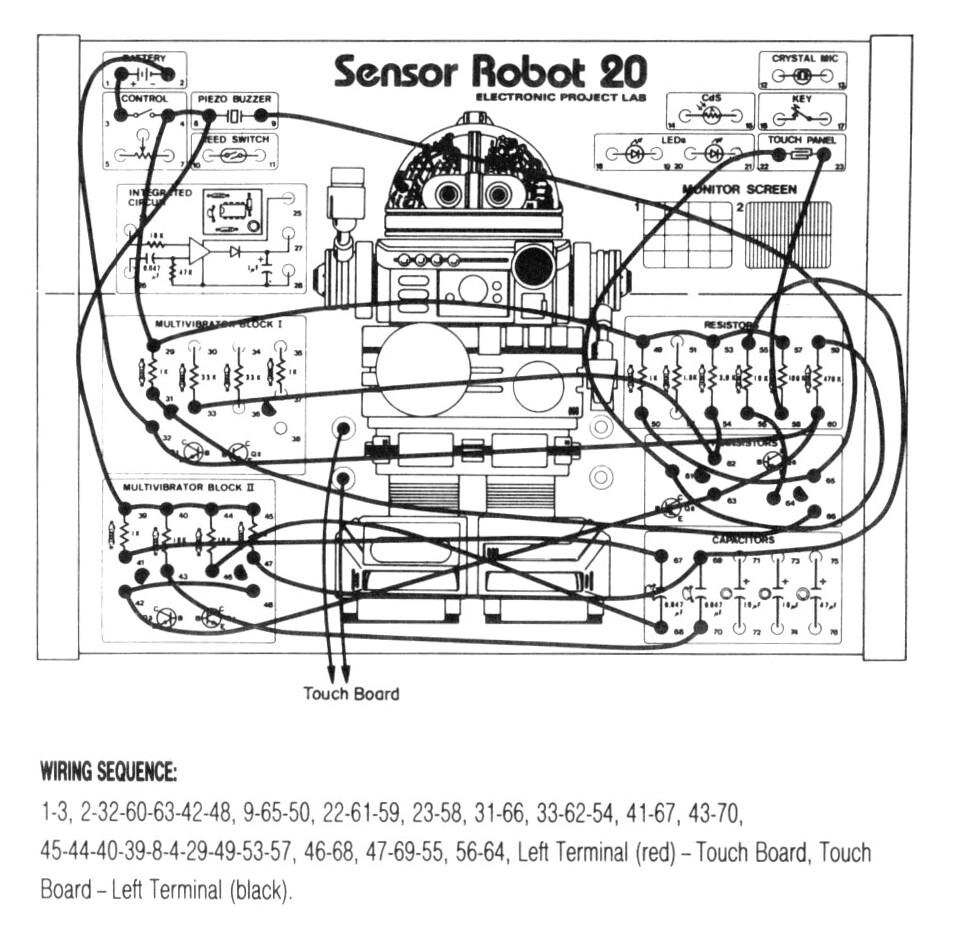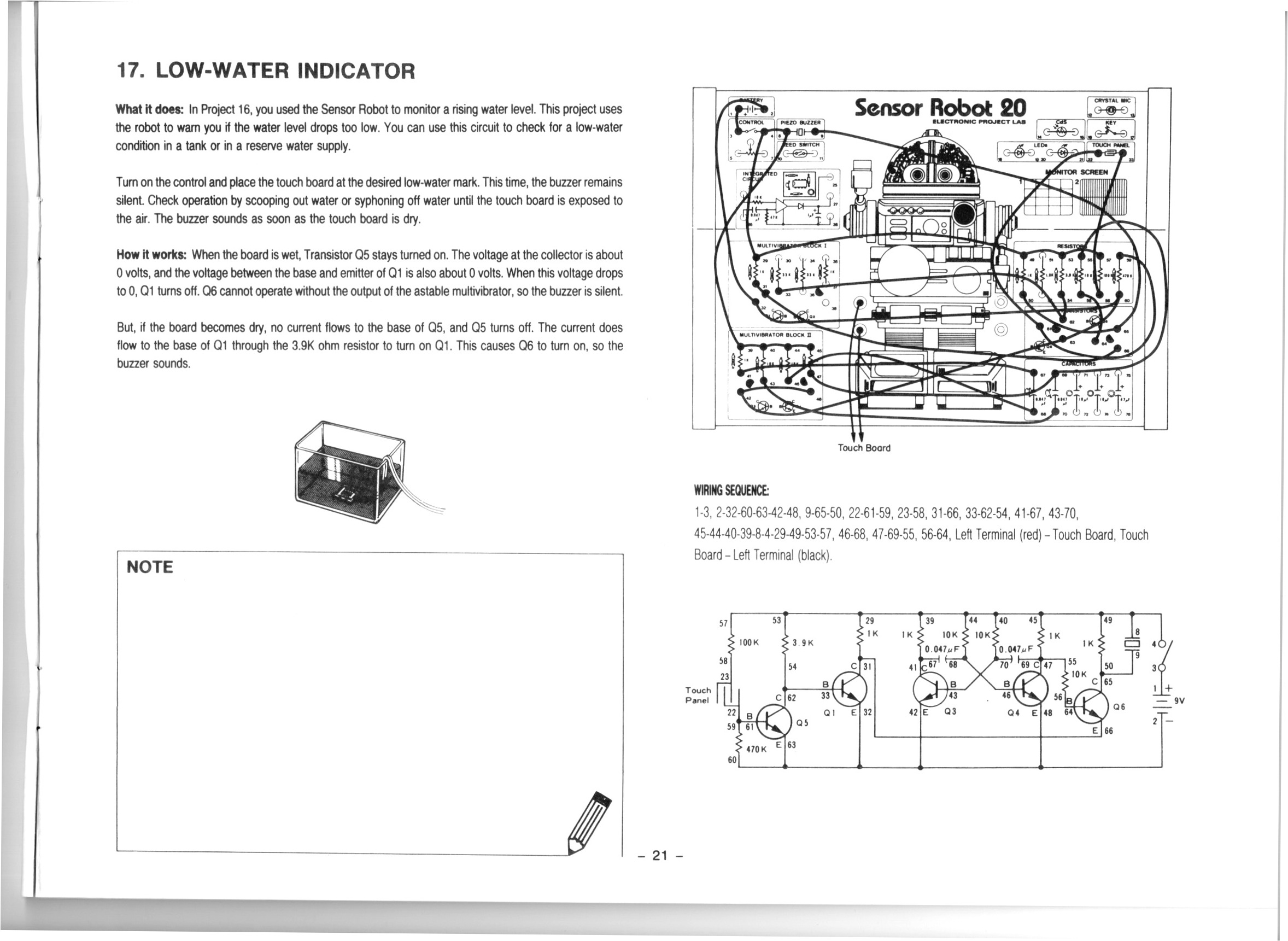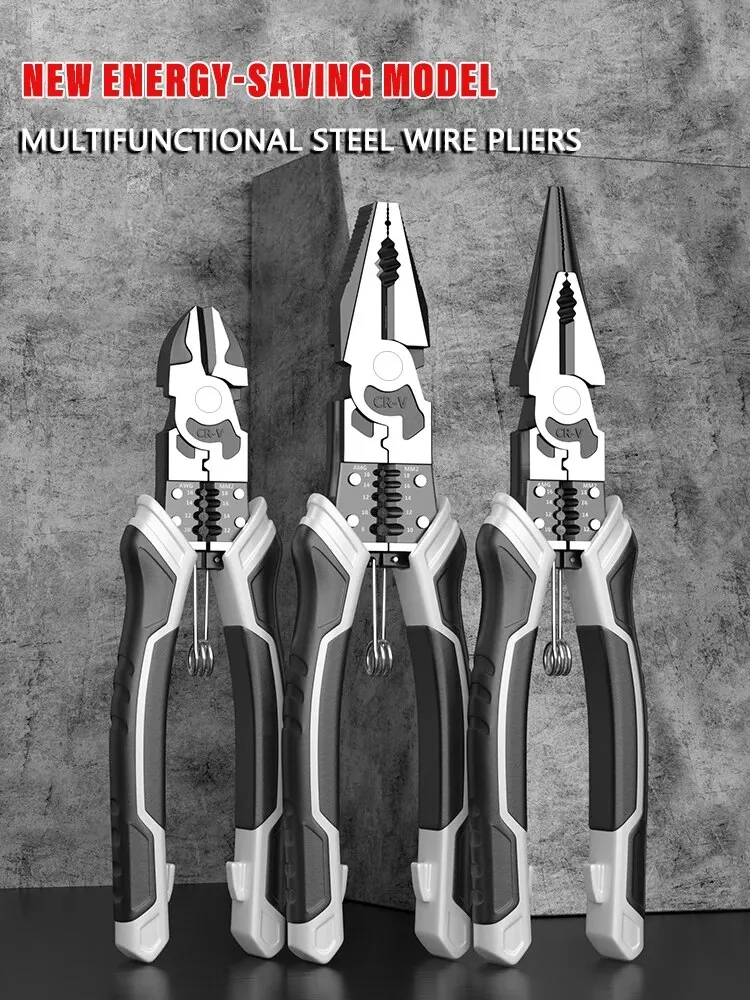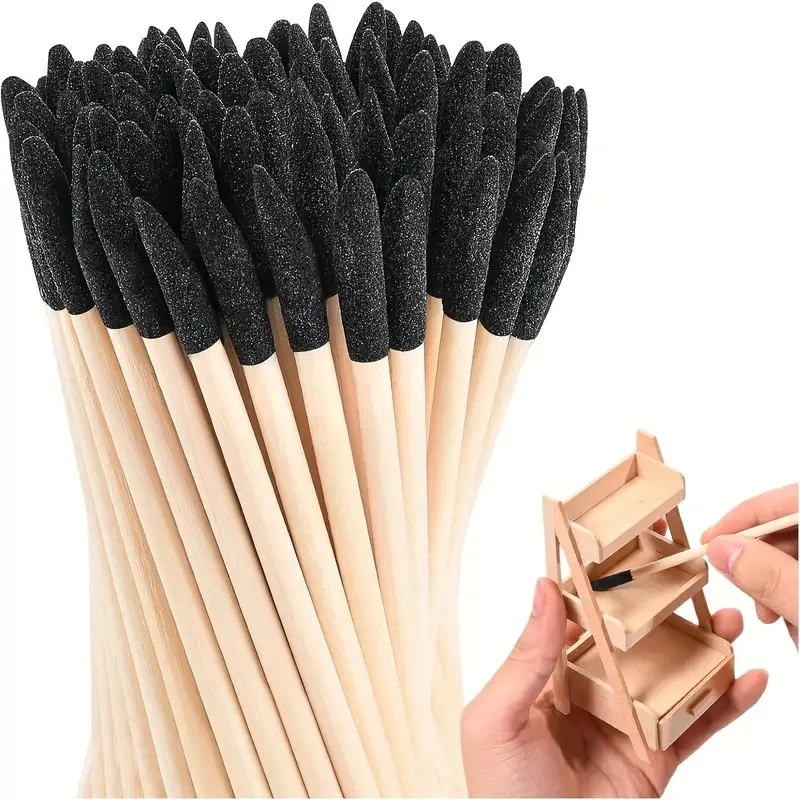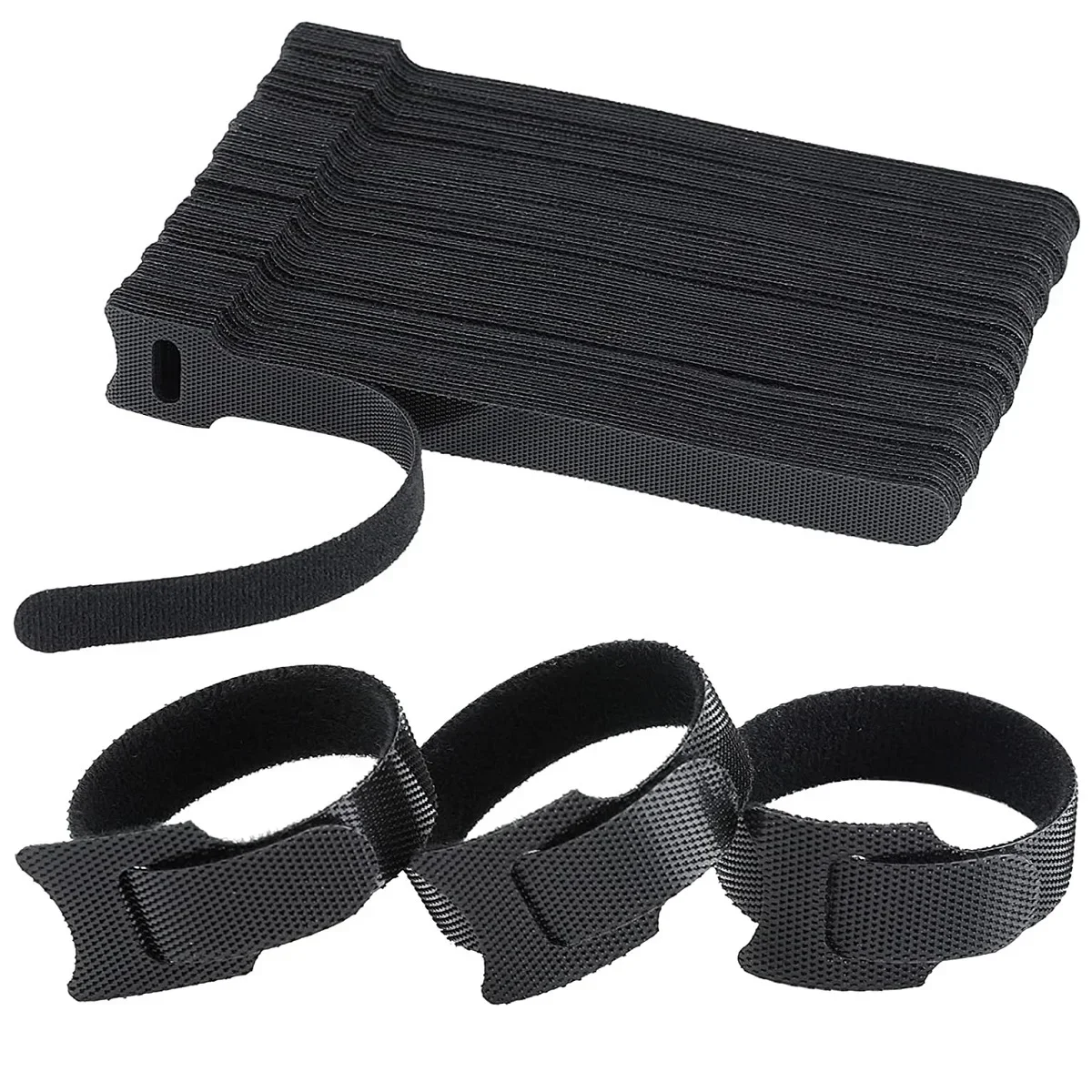This post is part of my video blog and you can find more information about this video.
You can support this channel on Patreon: patreon.com/JohnElliotV
Silly Job Title: Watt Wizard. I am the Watt Wizard!
In this video we make six cables: connecting banana plugs to hook clips. In order to do this we cut three banana plug cables in half and solder on hook clips to each half, leaving us with six cables.
We use the METCAL PS-900 Soldering Station for soldering.
We use the EEVblog BM2257 Digital Multimeter for continuity testing.
We use the Hakko CHP 3C-SA Precision Tweezers for twezzering.
We use the Plato Model 170 Wire Cutter to cut wire.
We use the Kaisi S-160 45x30cm Repair Mat as our workspace.
Thanks very much for watching! And please remember to hit like and subscribe! :)
Following is a product I use picked at random from my collection which may appear in my videos. Clicking through on this to find and click on the green affiliate links before purchasing from eBay or AliExpress is a great way to support the channel at no cost to you. Thanks!
Maxitronix 500in1 Electronics Project Lab Kit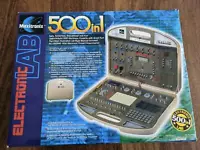 notes notes |
Let’s go shopping!

